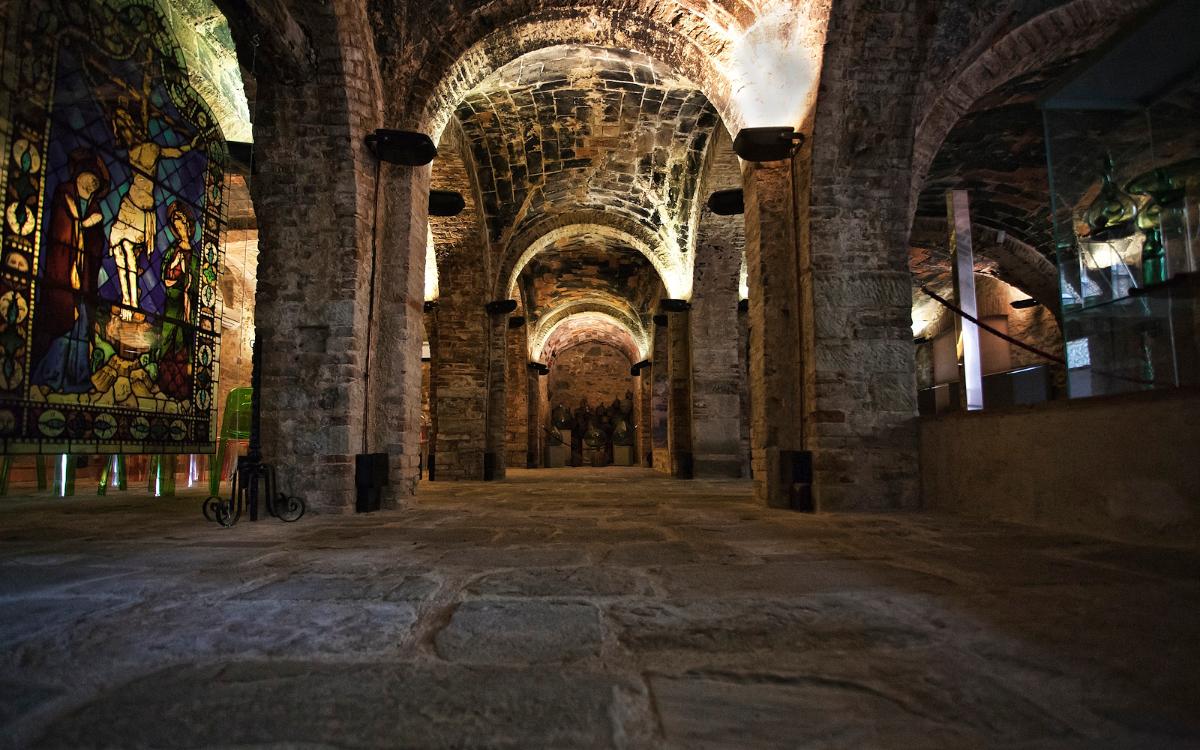Beauty and culture for all
The places not to miss
The Palazzo della Corgna is the most important Città della Pieve noble home.

The oratory of Santa Maria dei Bianchi, in Città della Pieve, houses one of Perugino's greatest masterpieces.
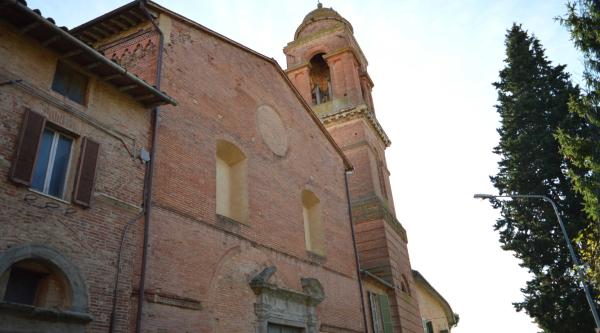
The Gothic church of Santa Maria dei Servi in Città della Pieve, featuring frescoes by Perugino, now houses the Diocesan Civic Museum, part of a fascinating museum circuit.
The Church of Saints Gervasius and Protasius, which is the cathedral of Città della Pieve, is located where Piazza Gramsci and Piazza Plebiscito, the town’s central squares, meet.
The Caporali theatre rises in the heart of Panicale's historical centre and deserves a visit both for the elegance of its richly decorated internal structure and for its theatre performances.
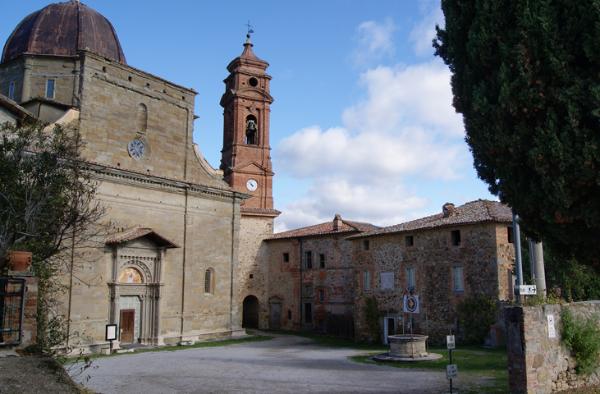
The Sanctuary of Mongiovino or of the Madonna di Mongiovino is within walking distance of Panicale (about 7 kilometres) and just beneath the ancient Castle of Mongiovino.
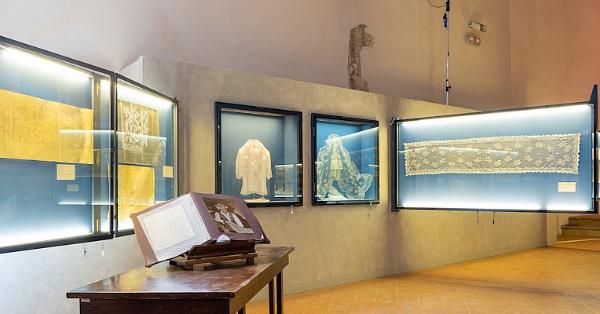
The “Anita Belleschi Grifoni” Tulle Museum in Panicale celebrates Ars Panicalensis, the ancient embroidery on tulle. Founded in the 1930s, it displays refined artifacts such as wedding dresses and sacred vestments.

The church of San Sebastiano was certainly built between the 14th and 15th centuries and was modified to its present form in 1623.
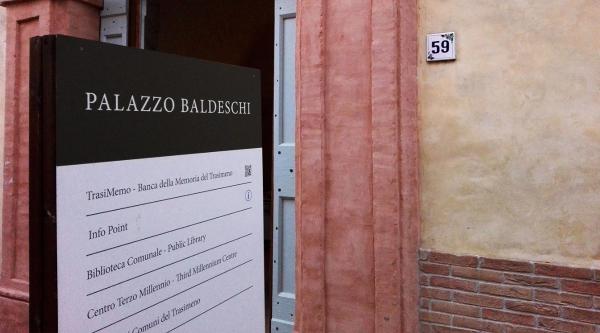
Palazzo Baldeschi in Paciano: the houses the "TrasiMemo" Museum
The Glass Museum of Piegaro, an ancient factory that tells the long glassmaking tradition of the Umbrian village, between precious historical artifacts and an emerald-green glass stream.

A visit to the Lower Pleistocene, around nature, accompanied by mammoths and more
The Fortress of Passignano rises within the village, slightly raised above the town that developed later along the lake shore. Passignano means literally “Place of the Step”. That probably refers to the existence of a Roman military structure that controlled the famous “Step”, a connecting road between the North and South of the peninsula.
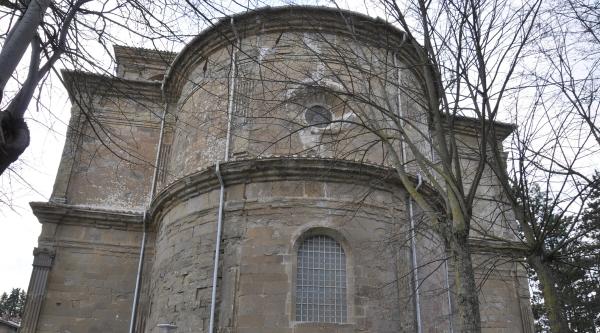
In order to reach the shrine of our Lady of Miracles, you have to go to Castel Rigone, a small hamlet of Passignano sul Trasimeno.
A museum to showcase the skill of the women of Isola Maggiore
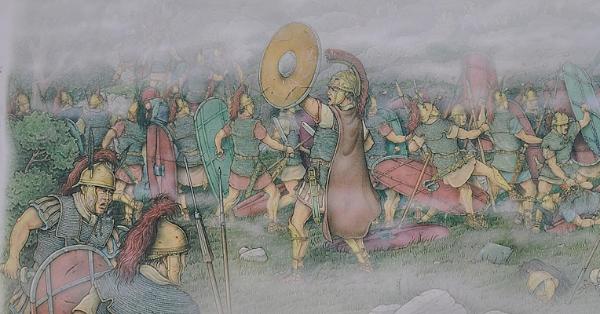
The Documentation Center on Hannibal and the Battle of Lake Trasimeno in Tuoro offers an interactive journey through 4D videos, multimedia stations, and historical paths to relive the epic battle of 217 BC.
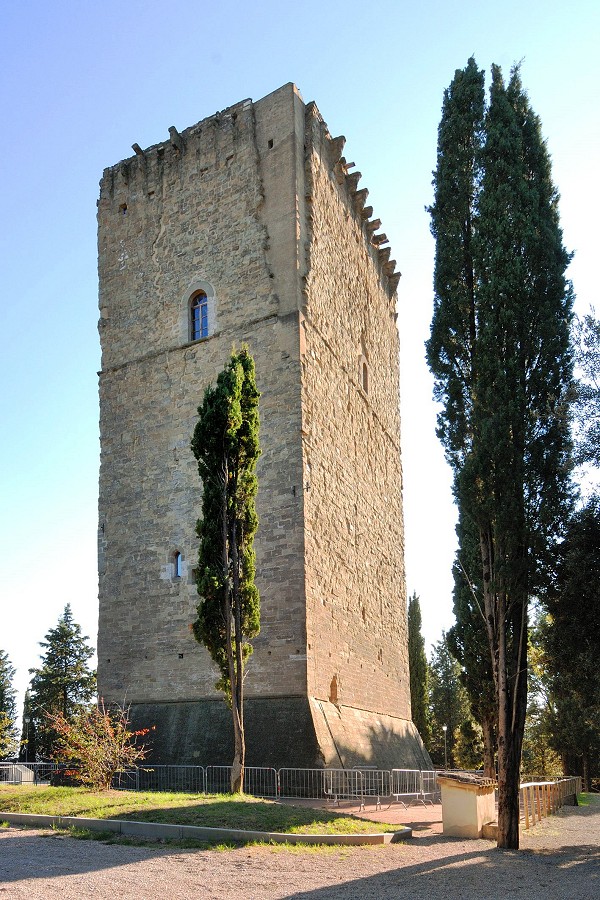
The Torre dei Lambardi in Magione, built by the Knights of St. John, is a historic medieval fortress, just steps from the village, offering breathtaking views.
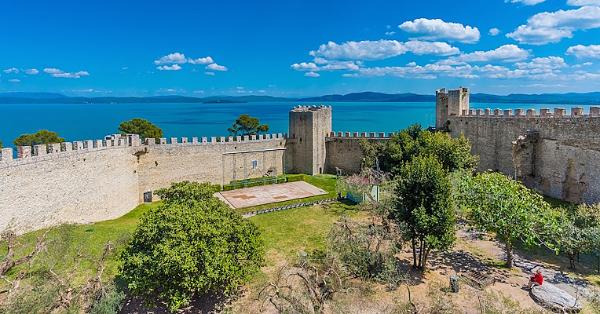
Rocca del Leone, in Castiglione del Lago, overlooks Lake Trasimeno with its historic walkways and open-air amphitheater for concerts and events.
The Palazzo della Corgna sits on Piazza Gramsci in the historical centre of Castiglion del Lago and is connected via a covered walkway to the gorgeous medieval fortress that looks out over Lake Trasimeno.
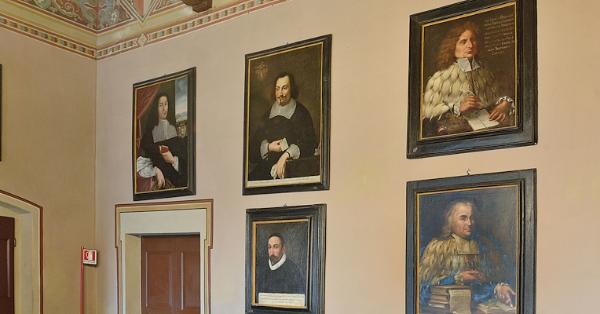
The Mariottini Collection is exhibited on the piano nobile of Palazzo Zucchetti, seat of Panicale's Town Hall since 1870
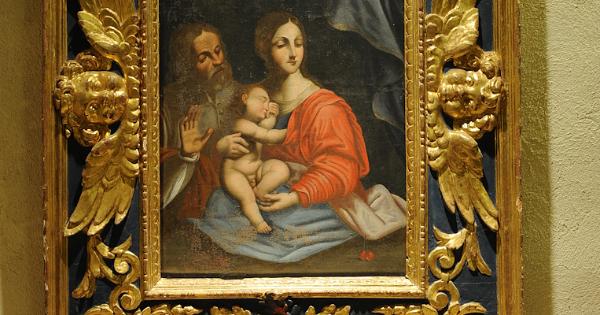
The upper floor of the beautiful Renaissance church of the Madonna della Sbarra, where an ancient and modest hermitage organised in several cells once stood, has been used since 2003 as a Museum of Sacred Vestments, subsequently expanded between 2006 and 2007.
























